Linenburger 12296
Built in 1960 by Alberto Lineburger, winner of the Snipe Worlds in 1983 with Torben and Lars Grael and now restored by José Tavora. (courtesy of Brazilsailing) Passion for the Snipe Class and its longevity takes us today on a journey to the past and the reunion with one of the most successful hulls of the Class, the Linenburger 12296. A boat that will be in the classes' history books, not only because of its renowned owners, but especially because it led Torben Grael to win his first world title in 1983. The Linenburger 12296, built completely out of wood, is part of a series of 5 boats designed in 1960 by Alberto Linenburger in Brazil. The pink painted hull grabbed the attention of a Brazilian navy officer, whom ultimately bought the boat and named it "Biondina". ...
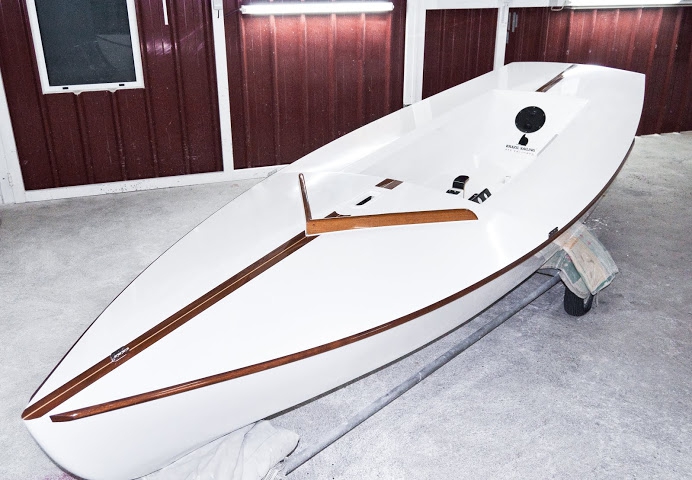

Built in 1960 by Alberto Lineburger, winner of the Snipe Worlds in 1983 with Torben and Lars Grael and now restored by José Tavora.
Passion for the Snipe Class and its longevity takes us today on a journey to the past and the reunion with one of the most successful hulls of the Class, the Linenburger 12296. A boat that will be in the classes’ history books, not only because of its renowned owners, but especially because it led Torben Grael to win his first world title in 1983.
The Linenburger 12296, built completely out of wood, is part of a series of 5 boats designed in 1960 by Alberto Linenburger in Brazil. The pink painted hull grabbed the attention of a Brazilian navy officer, whom ultimately bought the boat and named it “Biondina”.
…
In the 60’s the 12296 had two more owners. They were Roberto Pelicano and George Raulino, the latter was the one who sailed the most on the boat and the first to make alterations on its deck and interior. “I changed the color from pink to a light blue; on the interior and deck I removed the waterproofing and started using foam floats. I probably raced in 10 Brazilian National Championships, always finishing in the top 10. Today, after so many years, I still sail in the Snipe Class, but I can assure you that the best races were with the Linenburger 12296”, George Raulino recalls with emotion.
It was at the Brasilia Yacht Club in Brasilia, Brazil, that George Raulino met for the first time Torben Grael, a 15-year-old young man, whom Raulino invited to sail at the bow of his 470. The connection between the two, led Torben to eventually meet the Linenburger 12296, which at this point belonged to another sailor from the same Yacht Club. At 16 years of age, in 1976, Torben Grael bought the Linenburger 12296, which at this point had the same age as his new owner. “We joked with the age comparison and the fact that at that point there were more modern and more competitive boats”, recalls Raulino.
For 7 years Torben explored Linenburger 12296 capabilities to the max. He altered the deck, improved the system to trim and set the sails, and most important; it was on this boat that Torben tested the first time the “automatic pole”, during the 1981 World Championship in Long Beach, California. “We finished 3rd in this championship, representing the feared 477 fleet from Niterói, recalls Lars Grael.
In 1983 the Linenburger 12296 crosses the Atlantic Ocean for the first time. On the docks of the Sport Club do Porto in Leixões, Portugal, Torben and Lars spent their days sanding and polishing their boat in preparation for the first regatta of the World Championship of that year. “With the introduction of modern fiberglass hulls like the Skipper, Carajás, Chubasco and Pistola, most thought that the wooden Linenburger was past its prime and was no longer competitive. Recalls Lars when remembering the days that led to the first races.
Before 36 crews from all over the world, the Grael brothers proved that the “old” wooden boat still had a winner spirit in it. With the oldest boat of the fleet, they won the 1983 World Championship winning the last 3 regattas of the event. “After the championship, the Linenburger 12296 was sold to a Portuguese sailor for a “small fortune” at the time. With that money, Torben began building the first Snipe hulls that received the THOR signature,” remembers Lars Grael. The Linenburger 12296 went on to race several more regattas until being “retired” in a warehouse in Lisbon, Portugal.
This year, the Lindenburguer 12296 owners, Pedro Andrade and Domingos Borralho decided to give a “second life” to the wooden Snipe and bring it out of “retirement”. However, after so many years in a warehouse and with all the new technologies and techniques, the boat needed a major overhaul and lots of care. For this challenge, Pedro Andrade and Domingos Borralho, hired the specialized services of BrazilSailing in Mira, Portugal, where José Távora combines professionalism, knowledge of materials with artistic talent and a passion for perfectionism.
During the boats stay at BrazilSailing’s shop, José Távora, also an avid Snipe sailor, worked on the boat in such detail to rival any plastic surgeon. “When this project was presented to me, my biggest challenge and ambition was to idealize and re-create the Linenburger 12296, making it as competitive as it was in its prime. All the details and finishes on the boat were carefully studied and developed to improve the boat’s performance and to give it a clean new look, following the strict construction regulations by SCIRA”, accounts José Távora.
After six months of intense work, the 51-year-old Linenburger 12296 was transformed into a new and modern Snipe that carries the soul of a champion, ready for new challenges and several more years of life.
Leave a reply
Your email address will not be published. Your comment will be revised by the site if needed.

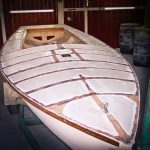
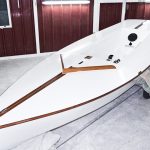
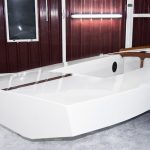
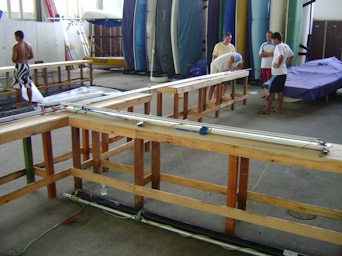
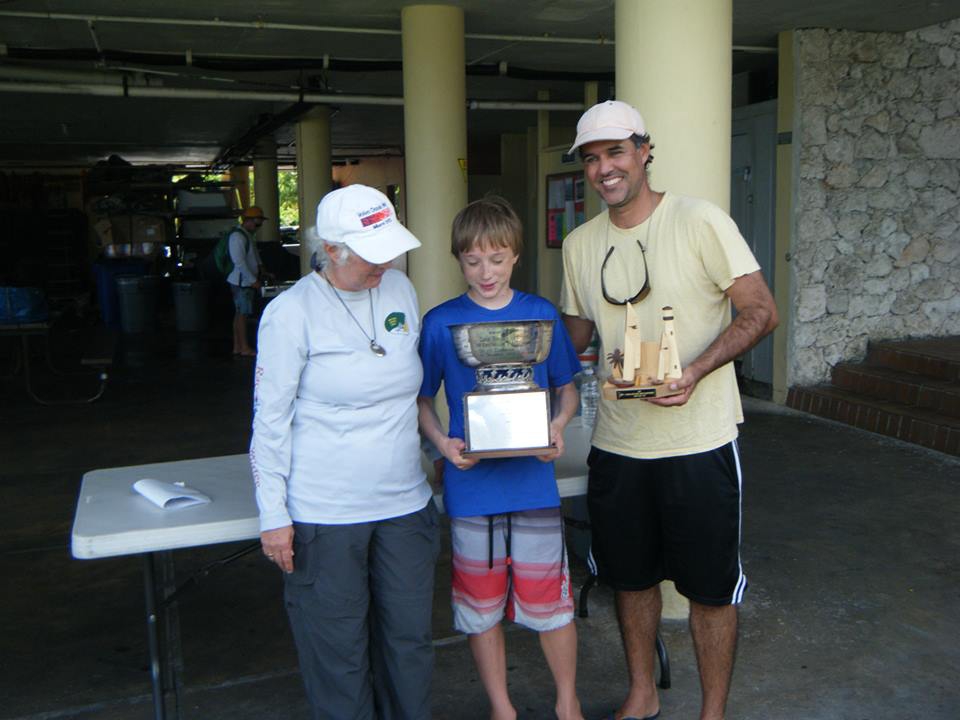
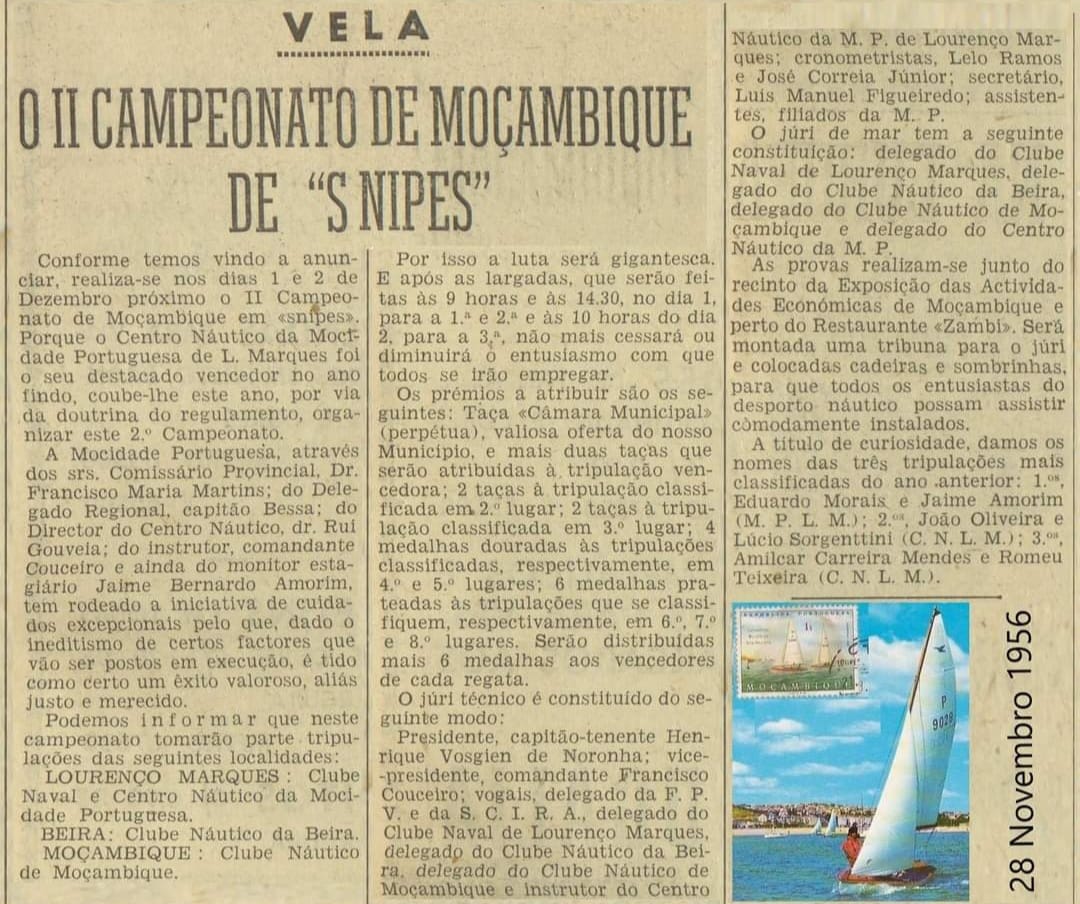
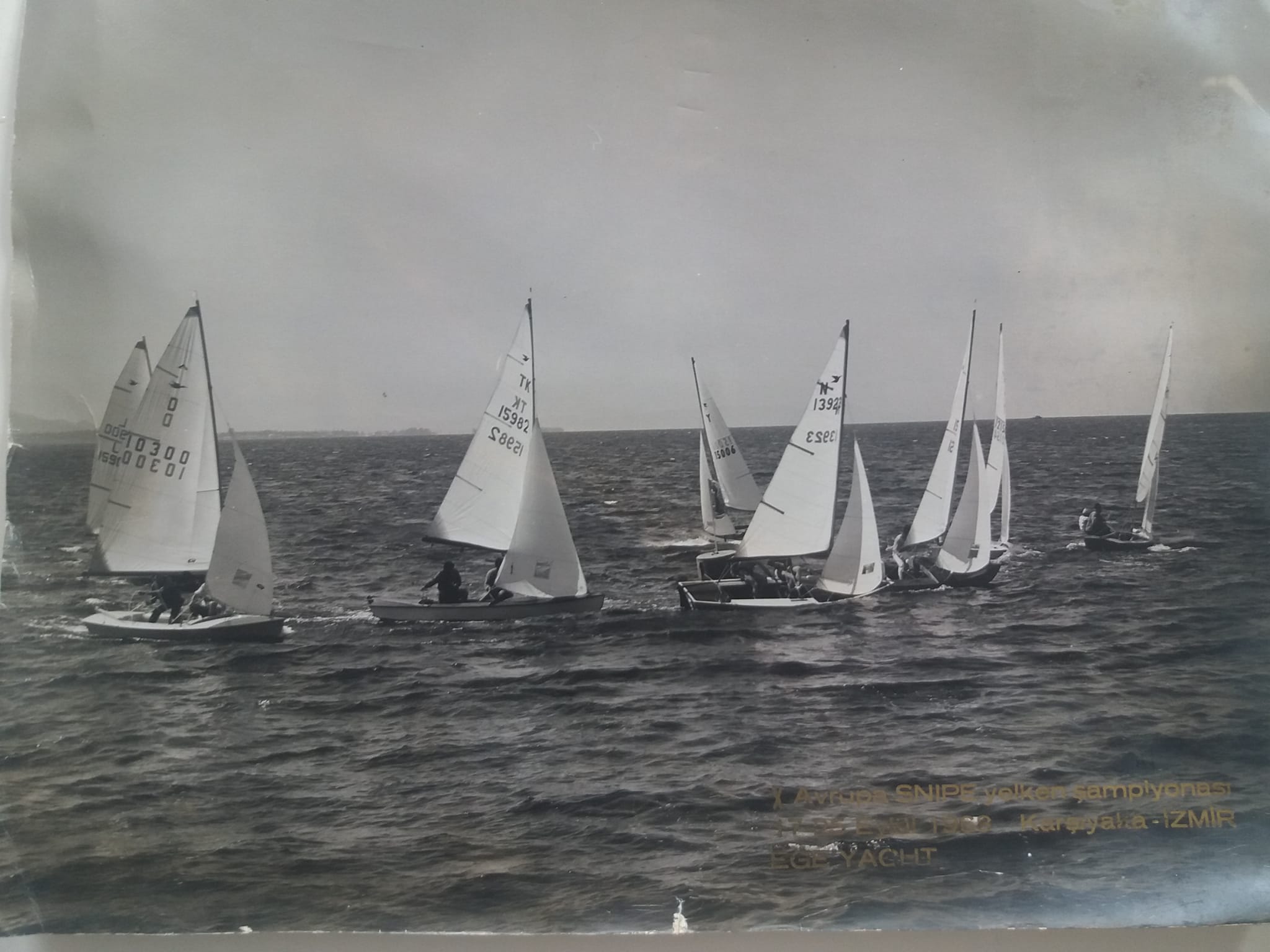
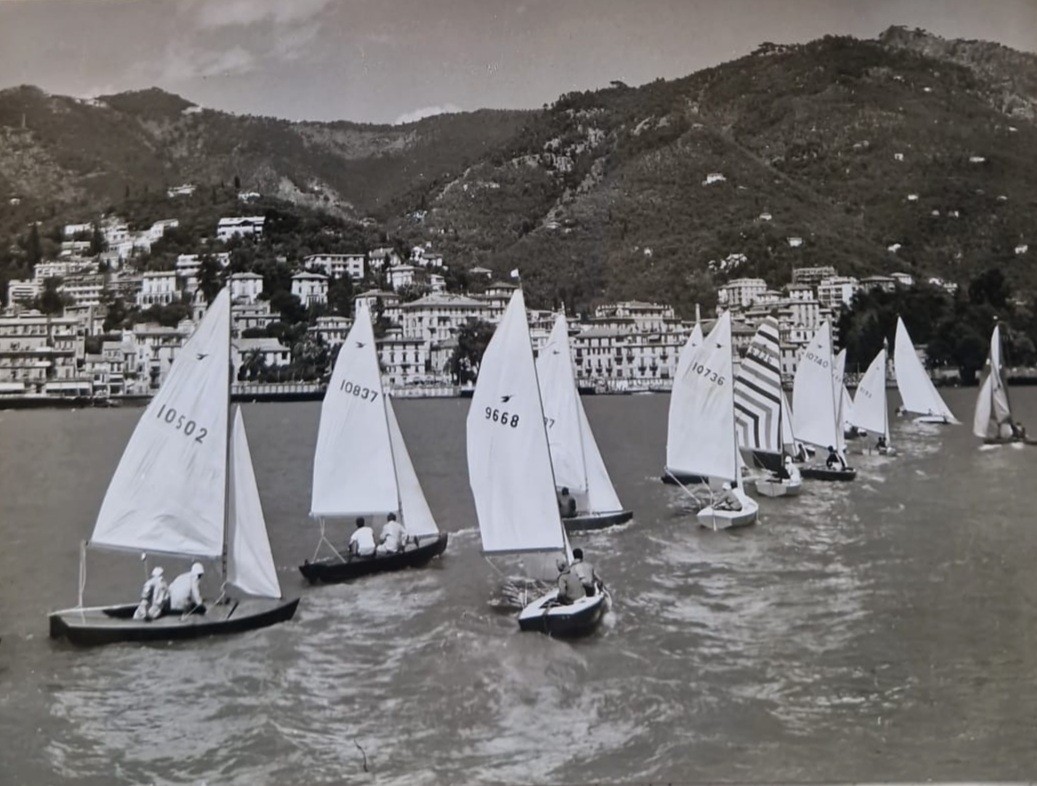
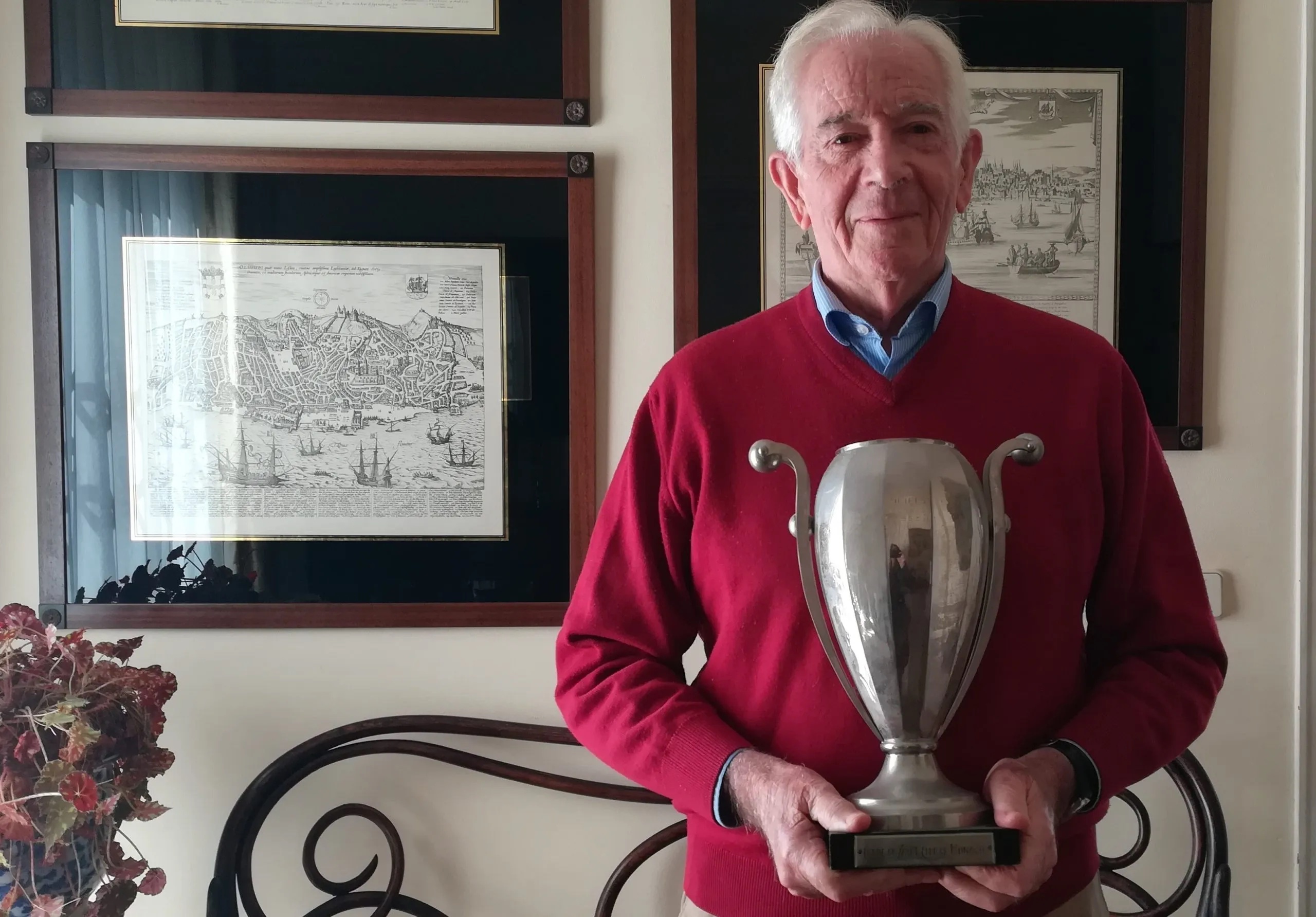
0 comments